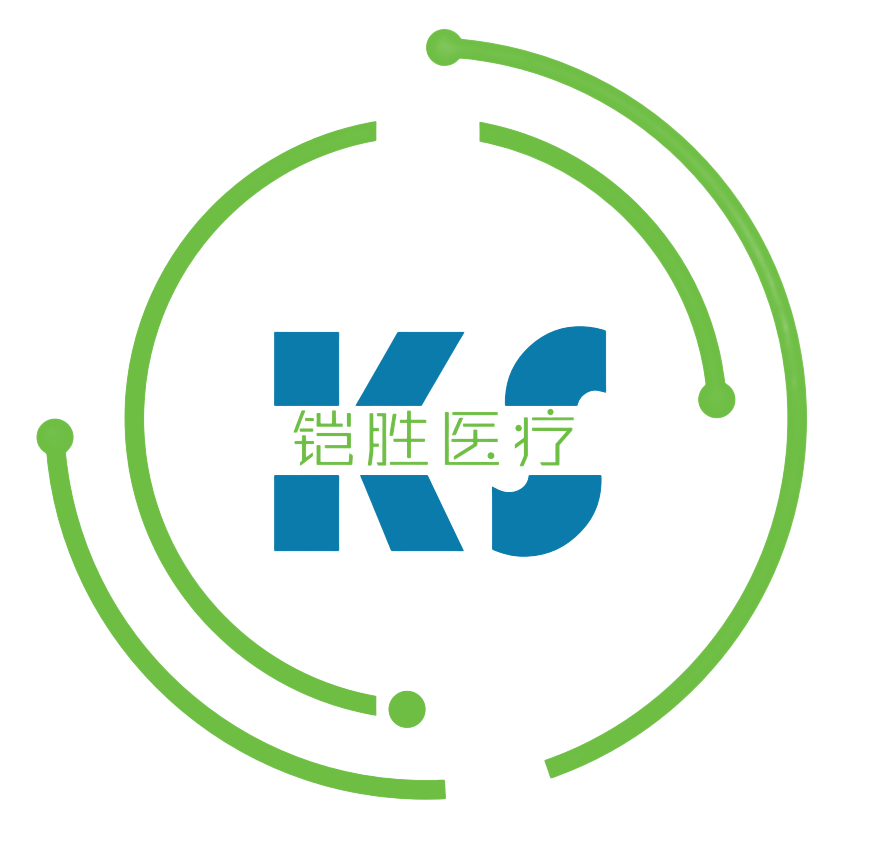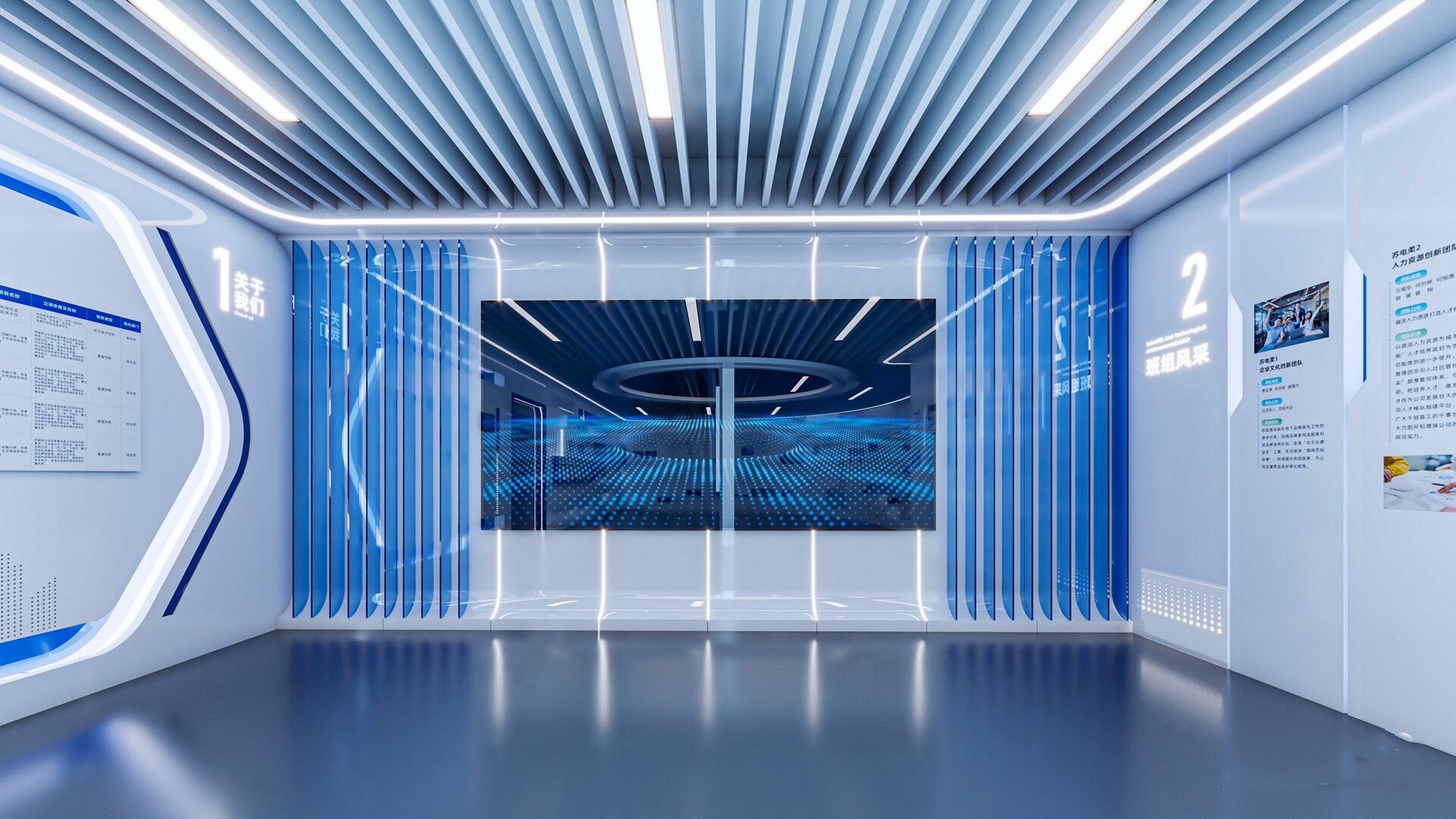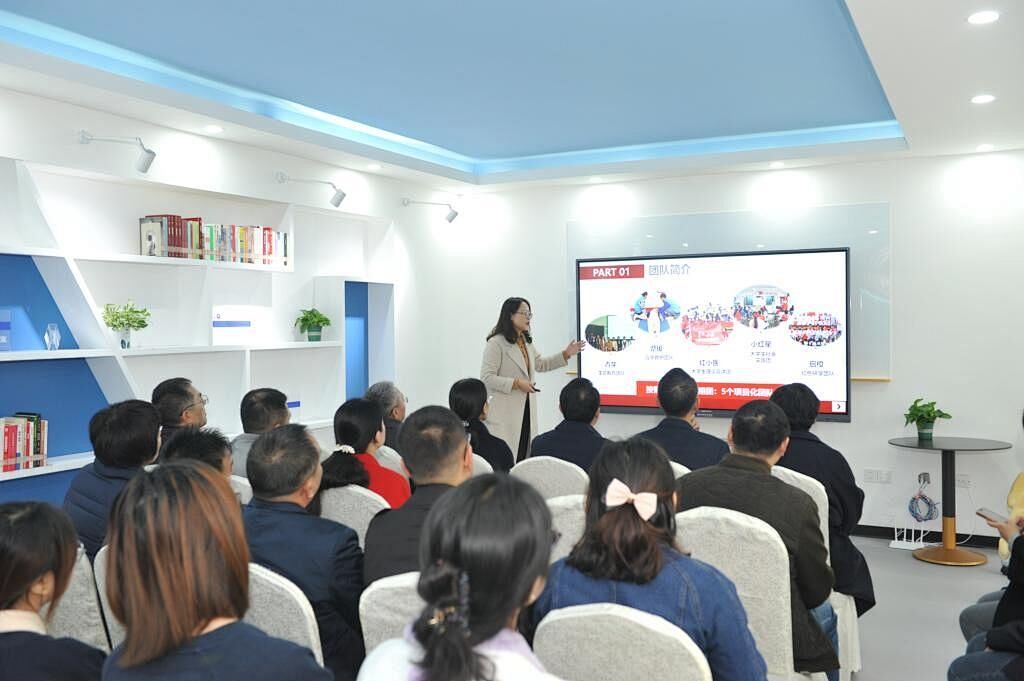Why Customer Feedback Drives Innovation in Elderly Cart Design
The Direct Link Between User Insights and Product Iteration
Customer comments are an important part of product design, and in elderly carts. Manufacturers can get priceless pieces of feedback deriving from the end-users themselves – who are elderly (literal final users of the wagon itself). And by the way, research shows overall that firms that are using feedback from the customers in the design process aggressively are increasingly likely to have effective incrementations to their products. As one prominent cart manufacturer for example, they successfully increased customer satisfaction rates by 30% after they changed the design of their handles following user feedback. This back and forth design process along with immediate feedback, allows for nimble pivots to ensure that products are in line with consumer needs.
Elderly cart makers use customer feedback to constantly tweak their designs. User feedback has a dramatic impact, driving immediate improvements and directing ongoing product development. Real-world examples reveal that product teams employing constant feedback loops are able to recognize design issues early, iterate when necessary, and speed time-to-market with enhanced versions. Integrating customer insights into the design process guarantees these products satisfy user requirements and are consistent with changing industry norms, and is vital to staying competitive.
How Feedback Reduces Risk in Senior-Focused Engineering
The use of customer feedback in elderly cart design and engineering is one important way of reducing the risk of product failure. Designing for user real needs would allow companies to minimize such errors that sometimes result in expensive re-designing or recalling of products. Recent surveys have shown that organizations based on user feedback experienced 40% fewer design-related bugs, resulting a more stable and secure product for the elderly.
The positive effects of careful handling of feedback as part of a long-term perspective are not limited to reduced design risk, but emerge through higher market acceptance and customer satisfaction. These mature cart makers will, when they actually listen to users and serve them, weave products that are not just immediately relevant but also inspire user trust and loyalty. In short, user-centric design is a strategic differentiator for user-centred designs helps marketers maintain relationships with their clients and also stand out in a commonly crowded market.
Elderly Cart Factory's Feedback Collection Framework
Multi-Channel Approaches: From Caregiver Interviews to Digital Surveys
In order to understand the design of elderly cart in more detail, it is necessary to use multiple ways to collect feedback. Our methods encompass both interviews with caregivers, online surveys and focus groups to ensure a broad array of viewpoints. This multi-channel approach is important because it helps to accommodate the diverse needs and preference of different user groups, especially in the old-age cart industry. Digital mediums such as online surveys, allow more people to participate and data can be compiled in an expeditious manner resulting in a practical feedback process. Real-world success stories in the industry have shown that this rigorous feedback collection process considerably improves the user-driven product cycles.
AI-Powered Sentiment Analysis for Senior User Groups
AI based sentiment analysis becomes a new way for evaluating user feedback on the aged cart sector. We can apply machine learning algorithms, scour through huge datasets, in the search for key trends and feelings among old users. This is advanced tech that helps us understand more about user experience and how to design for it. For instance, products across industries are using AI to aggregate and filter customer feedback which precipitates fast design iterations and happy customers. AI sentiment analysis is invaluable for converting raw feedback into actionable insights, and for guiding decision making around smarter design and development in the production of elderly carts.
Transforming Feedback into Functional Improvements
Case Study: Ergonomic Handle Redesign Based on Arthritis Feedback
The preferred old people cart designs even include ergonomic handles based on feedback from users with arthritis and other painful conditions. This is a great example of how user input was used effectively in the transition from one generation to the next. Many with arthritis mentioned the issue they had with regular handles which led to us think about ergonomic solutions. Handles were redesigned with contoured, soft cushioning to facilitate a better, more comfortable grip, as well as an improved -angled approach to ease strain and fatigue. These modifications by actual user requirements made the ease of use for seniors. We have received a testimonial from a happy customer who says the new handle design 'made the cart not as rough on my joints and now I can use it longer without my hand and arm aching.
The positive feedback users provided not only closed any product functionality gaps but also contributed to overall feelings of being satisfied with and confident about whether the product is usable. Hearing this straight from the user, not only encouraged product development, but also reinforced the manufacturer's commitment to drive a more user-tangible focus. Turning common pain into functional gain, the manufacturer was able to improve the life of countless seniors.
Wheel Stability Enhancements from Nursing Home Trials
Trials held at nursing homes featuring wheel stability have achieved great design improvements in elderly trolleys. These tests allowed manufacturers to get user feedback from the people who actually use these carts, and the feedback proved to be actionable for bolstering against instability. The effort included observing how the carts were used, gathering feedback and even doing a rodeo of wheel configurations in different environments. Trial feedback from nursing homes revealed problems with earlier wheel designs, which led to changes such as wider wheels and better shock absorption.
The trial produced quantitative results that up to 20% reduction of roll-backs can be achieved as well as up to 15% increase of user satisfaction in terms of stability. These refinements demonstrate the need to involve users in real-world scenarios to identify problems and confirm design changes. Manufacturers set new standard of safety and user satisfaction by integrating user-centered feedback into the design process revealing their commitment to continuous improvement and understanding of user needs.
The Appalachian Cart is a real-life example where feedback-driven design adjustments have successfully been implemented. This approach of integrating feedback into the development process can be seen as an industry standard in transforming customer feedback into meaningful product improvements.
Overcoming Implementation Challenges in Geriatric Product Development
Balancing Safety Standards with Customization Requests
Translation of safety requirements and customization demands in geriatric product development are major tasks. On the other hand, there are special preferences or demands of the elderly users that must be considered to improve user satisfaction and product effectiveness. But equally important is complying with strict safety regulations to make sure the goods don't have any dangers. Companies in turn are having to manage these demands by developing new methods to combine safety and personalization. For example, some producers have been able to innovate such that they have incorporated customizable elements without sacrificing the functional safety features of their products such as adjustable peripherals - seat heights and handles to fit one's unique anthropometric requirements.
Securing HIPAA-Compliant Feedback from Healthcare Partners
When developing geriatric products, obtaining HIPAA-compliant input from healthcare partners is critical. The protection, as well as the secrecy of health information is regulated by the HIPAA, and when collecting feedback, you have to adhere to the compliance. Companies need to use secure tools and workflows (e.g., encrypted surveys and HIPAA compliant data storage systems) to gather insights without jeopardizing patient privacy. Be proactive — conduct regular audits and train staff on HIPAA guidelines to continue staying compliant. Building relationships with healthcare partners who can and do value such rigorous efforts to innovation can also result in ongoing loops of feedback so products and the work to bring them to market is done to both efficacy but also for safety and that it is trusted.
Future-Proofing Through Continuous Feedback Integration
IoT-Enabled Carts Providing Usage Pattern Data
This is changing the way coffee usage patterns and tracking is seen with carts that are IoT-enabled. These carts has integrated Internet of Things (IoT) technologies to support the measurement of different parameters including the number of times the cart is used, the walking distances and terrains traversed. This information may be useful for improving product development and in providing long-term strategic input, to guarantee that products can meet future demands for the elderly. For example, examination of pattern of use data may indicate more common usage of certain features and thereby provide direction for future design issues. Introducing IoT technology inside the elderly cart enables the support of continuous improvement, it also orients companies to being adaptive to user needs, and make them be more responsive as well as more relevant with more conforming products and users.
Predictive Analytics for Aging Population Needs
Predictive analytics It is playing a critical role in predicting the future requirements and interests of the aging population. Using data mining tools, business can find out about market trends and predict what the future holds for aging consumers. Advanced technologies such as machine quality and big data algorithms make it possible for companies to predict user preferences and ensure that products meet these calculated wanted. On the other hand, if data predicts growing demand for trolleys with greater mobility features, companies can begin to develop such products in anticipation of long-term demand, thus staying ahead of the curve. The introduction of predilective analytics is supported as it not only improve and increase customer satisfaction it also enables product markets fittingly with customer needs thus boosting innovation and growth.
FAQ
Why is customer feedback essential in elderly cart design?
Customer feedback helps manufacturers understand the real needs and challenges faced by senior users, enabling them to refine designs and improve product satisfaction.
How does feedback reduce risk in the engineering of elderly carts?
It minimizes design errors and costly redesigns by aligning the product more closely with user needs, leading to more stable and reliable products.
What are the methods used to collect user feedback on elderly carts?
Multiple methods, including caregiver interviews, online surveys, and focus groups, are used to collect diverse and comprehensive insights from different user groups.
How does AI-powered sentiment analysis benefit elderly cart design?
It allows manufacturers to understand user sentiments deeply and adapt designs accordingly, leading to timely refinements and increased customer satisfaction.
What challenges exist in balancing safety and customization in elderly product development?
Ensuring products meet safety standards while accommodating individual user preferences can be challenging but is crucial for enhancing user satisfaction and safety.
Why is IoT important in the development of elderly carts?
IoT technology collects real-time usage data, offering insights that drive continuous improvement and product adaptations based on actual user patterns and preferences.
Can predictive analytics help in planning for future elderly cart needs?
Yes, it can predict future trends and preferences, allowing companies to proactively design features and products that meet the evolving needs of the aging population.
Table of Contents
-
Why Customer Feedback Drives Innovation in Elderly Cart Design
- The Direct Link Between User Insights and Product Iteration
- How Feedback Reduces Risk in Senior-Focused Engineering
- Elderly Cart Factory's Feedback Collection Framework
- Multi-Channel Approaches: From Caregiver Interviews to Digital Surveys
- AI-Powered Sentiment Analysis for Senior User Groups
- Transforming Feedback into Functional Improvements
- Case Study: Ergonomic Handle Redesign Based on Arthritis Feedback
- Wheel Stability Enhancements from Nursing Home Trials
- Overcoming Implementation Challenges in Geriatric Product Development
- Balancing Safety Standards with Customization Requests
- Securing HIPAA-Compliant Feedback from Healthcare Partners
- Future-Proofing Through Continuous Feedback Integration
- IoT-Enabled Carts Providing Usage Pattern Data
- Predictive Analytics for Aging Population Needs
- FAQ

 EN
EN









































